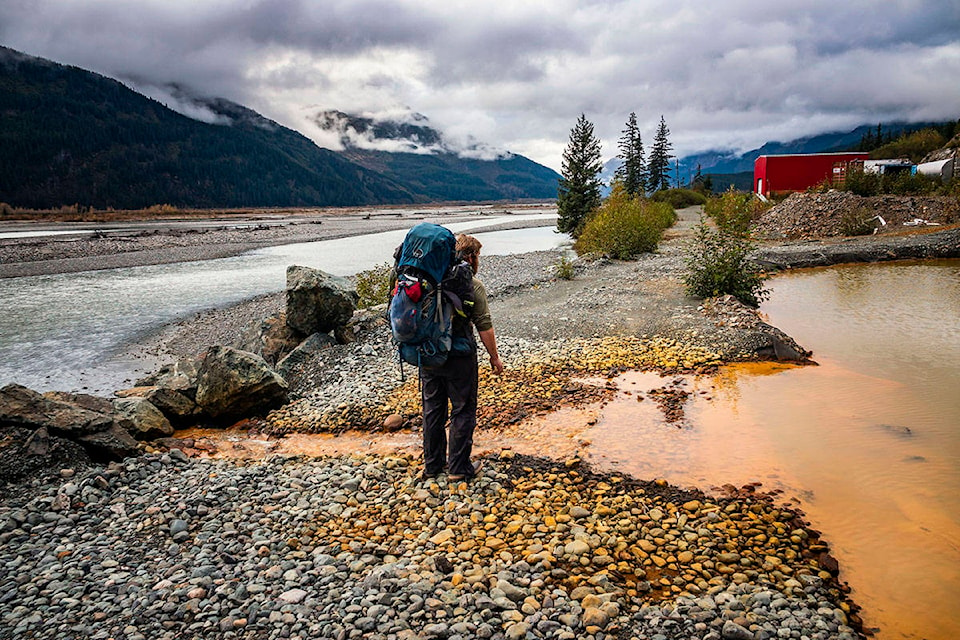The first steps which will eventually lead to the long-term remediation of a historic mixed metal mine polluting the Tulsequah River in northern B.C. is expected to commence this summer.
Accessible only by air or barge within the territory of the Taku River Tlingit First Nation (TRTFN), the Tulsequah Chief Mine has been leaching untreated acid mine water into the river for more than 60 years.
The B.C. Government announced Wednesday, Aug. 12 it has committed spending up to $1.575 million for site preparation and studies to support early reclamation work at the site.
Some of those first steps according to a release by the Ministry of Energy, Mines and Petroleum Resources will include replacing and repairing bridges, upgrading the access road, establishing an erosion protection berm and repairing the existing airstrip.
Read More: Studies show Mount Polley Mine breach material re-suspends in Quesnel Lake
“We’ve been working closely with B.C. for over a year now on the remediation plan so it’s really nice to see that the remediation plan is starting to be put into action and that we’ll have some on the ground work happening this year,” said TRTFN mining officer Jackie Caldwell.
“I think there’s a lot of people in the community-Atlin and TRTFN citizens that will be happy to see some of that mess being cleaned up.”
Once the infrastructure is in place to allow the necessary machinery and equipment to be able to enter the area of the mine, Caldwell said they will commence the next phases of remediation.
“Through the winter we’ll be doing the planning of what happens next year,” she said, noting the COVID-19 pandemic could further delay the work.
Read More: Plastics bans, environmental monitoring get short shrift during pandemic
Minister of Environment and Climate Change Strategy, George Heyman said the province has also been working with the government of Alaska over the past year to identify the right actions to properly remediate and close the site.
Data from studies including a light detection and ranging sensor survey (LiDar) which will get topographic information, as well as a multi-year monitoring program will assist in determining the next steps at the mine site, including remedial timelines.
Caldwell said TRTFN which ratified a mining policy last year is in support of responsible and sustainable mining that respects the cultural and traditional significance, and environmental sensitivity of areas.
Read More: B.C. First Nation adopts historic law to protect Fraser River
Aquatic effects monitoring in which the TRTFN collected a variety of samples including sediment, water, fish tissue and aquatic insects last year, will continue this fall.
“It will be something that will be part of the remediation moving forward,” Caldwell said.
“We are looking forward to some really good work in the future and ensuring that our relationship with B.C. is strong and committed.”
The Tulsequah Chief Mine site remains in receivership under a court-appointed receiver.
Do you have a comment about this story? email:
rebecca.dyok@wltribune.com
Like us on Facebook and follow us on Twitter.
